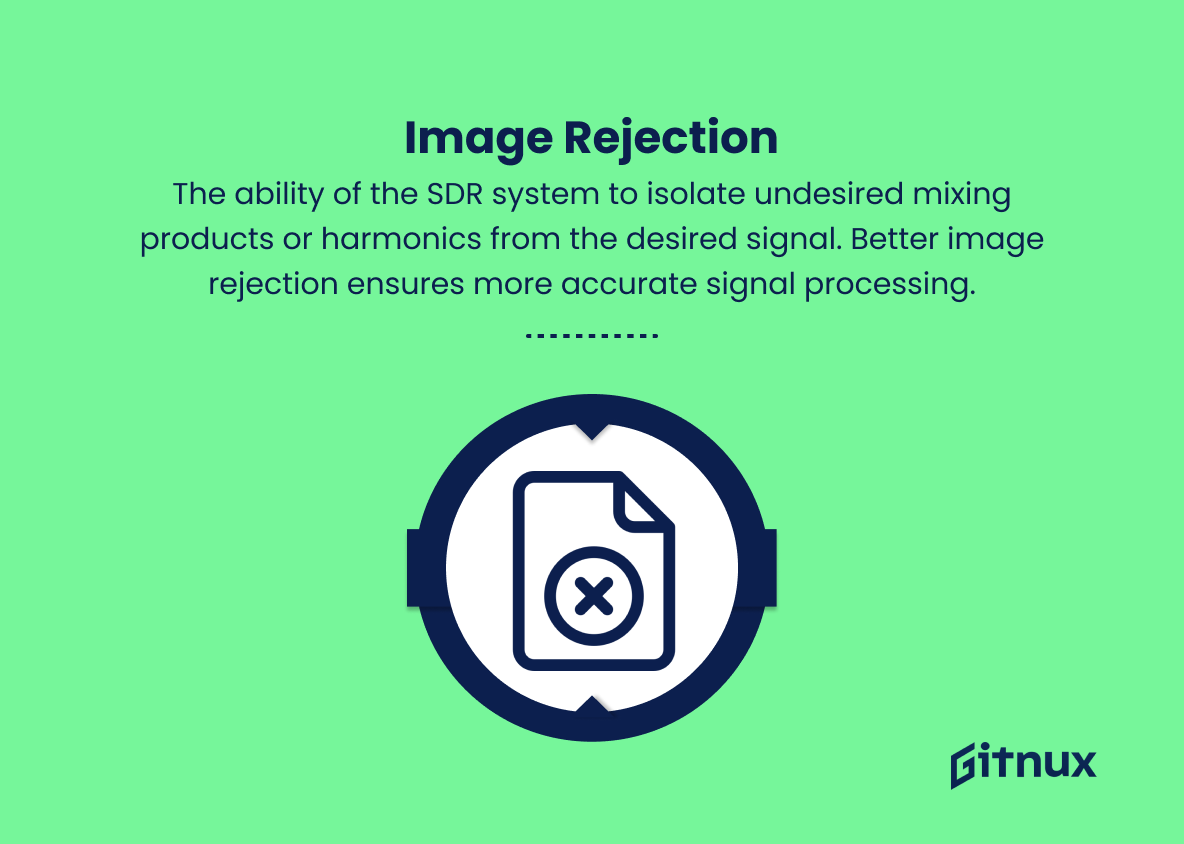In today’s fast-paced and highly competitive business environment, having a comprehensive understanding of your Sales Development Representatives’ (SDRs) performance is crucial to increasing revenue and driving growth. As a result, tracking and analyzing key performance indicators, or SDR metrics, have become essential components of any successful sales operation.
In this in-depth blog post, we will explore the critical SDR metrics you should be monitoring, the impact they have on your business, and actionable steps you can take to optimize your sales team’s performance. By adopting a data-driven approach and focusing on the right metrics, you will not only uncover valuable insights but also make strategic decisions that drive your organization towards success.
SDR Metrics You Should Know
Software-Defined Radio (SDR) is a type of radio communication system where traditional hardware components are replaced by software, allowing for improved functionality and flexibility. Here are various SDR metrics to evaluate the performance and effectiveness of SDR systems:
1. Signal-to-Noise Ratio (SNR)
The ratio between the strength of the desired signal and the background noise level. A higher SNR generally means better signal quality and lower distortion in the output signal.
2. Dynamic Range
The difference between the maximum and minimum signal strengths that the SDR system can handle without distortion. A higher dynamic range indicates that the system can cope better with varying signal conditions.
3. Frequency Range
The span of frequencies that the SDR system can process. A wider frequency range allows the SDR to handle more signals and applications.
4. Bandwidth
The amount of frequency spectrum that the SDR system can process at any given time. Higher bandwidth means that the system can process more data, enabling it to work with high-speed communication modes.
5. Sampling Rate
The number of times per second that the SDR system samples a signal. Higher sampling rates allow for more accurate signal representation and improved performance.
6. Bit Depth
The number of bits used to represent a single sample in the SDR system. Higher bit depth results in greater dynamic range and lower quantization noise.
7. Sensitivity
The ability of an SDR system to process weak signals. High sensitivity allows the system to detect and process weak signals that would otherwise be unnoticed.
8. Image Rejection
The ability of the SDR system to isolate undesired mixing products or harmonics from the desired signal. Better image rejection ensures more accurate signal processing.
9. Phase Noise
A measure of the stability of the SDR system’s local oscillator. Lower phase noise results in cleaner output signals and improved communication quality.
10. Latency
The time it takes for a signal to be processed and transmitted by the SDR system. Lower latency is essential for time-critical communication applications.
11. Intermodulation Distortion (IMD)
A measure of nonlinear behavior in the SDR system, which can result in signal distortion. Lower IMD values indicate less signal distortion and better overall system performance.
12. Error Vector Magnitude (EVM)
A measure of the fidelity of the SDR system in recovering the original signal, taking into account both amplitude and phase errors. Lower EVM values indicate higher system accuracy and better overall performance.
These metrics provide a comprehensive view of an SDR system’s performance and help users evaluate its suitability for different applications or scenarios.
Sdr Metrics Explained
Software-Defined Radio (SDR) is a revolutionary communication technology that replaces traditional hardware components with software, enabling greater functionality and adaptability. To assess the performance and efficacy of SDR systems, we must consider several essential metrics. These include Signal-to-Noise Ratio (SNR), which measures signal quality; Dynamic Range, denoting the system’s ability to handle varying signal strengths; Frequency Range and Bandwidth, which determine the system’s capacity to process multiple signals and vast amounts of data; Sampling Rate and Bit Depth.
Which contribute to signal accuracy; Sensitivity and Image Rejection, crucial to detecting and processing weak signals; Phase Noise, as an indicator of stability; Latency, for time-critical communication applications; Intermodulation Distortion (IMD), measuring signal distortion; and Error Vector Magnitude (EVM), analyzing the fidelity of the recovered signal. Collectively, these metrics provide valuable insight into an SDR system’s performance and help users assess its applicability in different situations and use cases.
Conclusion
In summary, SDR metrics play a crucial role in the success of sales development organizations. By monitoring these key performance indicators, businesses can make informed decisions, optimize their efforts, and ultimately drive more revenue. It’s essential for sales leaders and sales development representatives alike to understand the significance of these metrics as they provide valuable insights and can help shape effective sales strategies.
The integration of these metrics into your organization’s culture and operations will lead to a much stronger, more efficient, and ultimately, more rewarding sales process. Remember, the success of your business relies heavily on the effectiveness of your sales development team, and understanding and optimizing SDR metrics is the key to unlocking that success.












